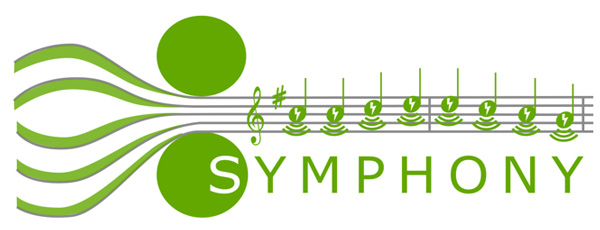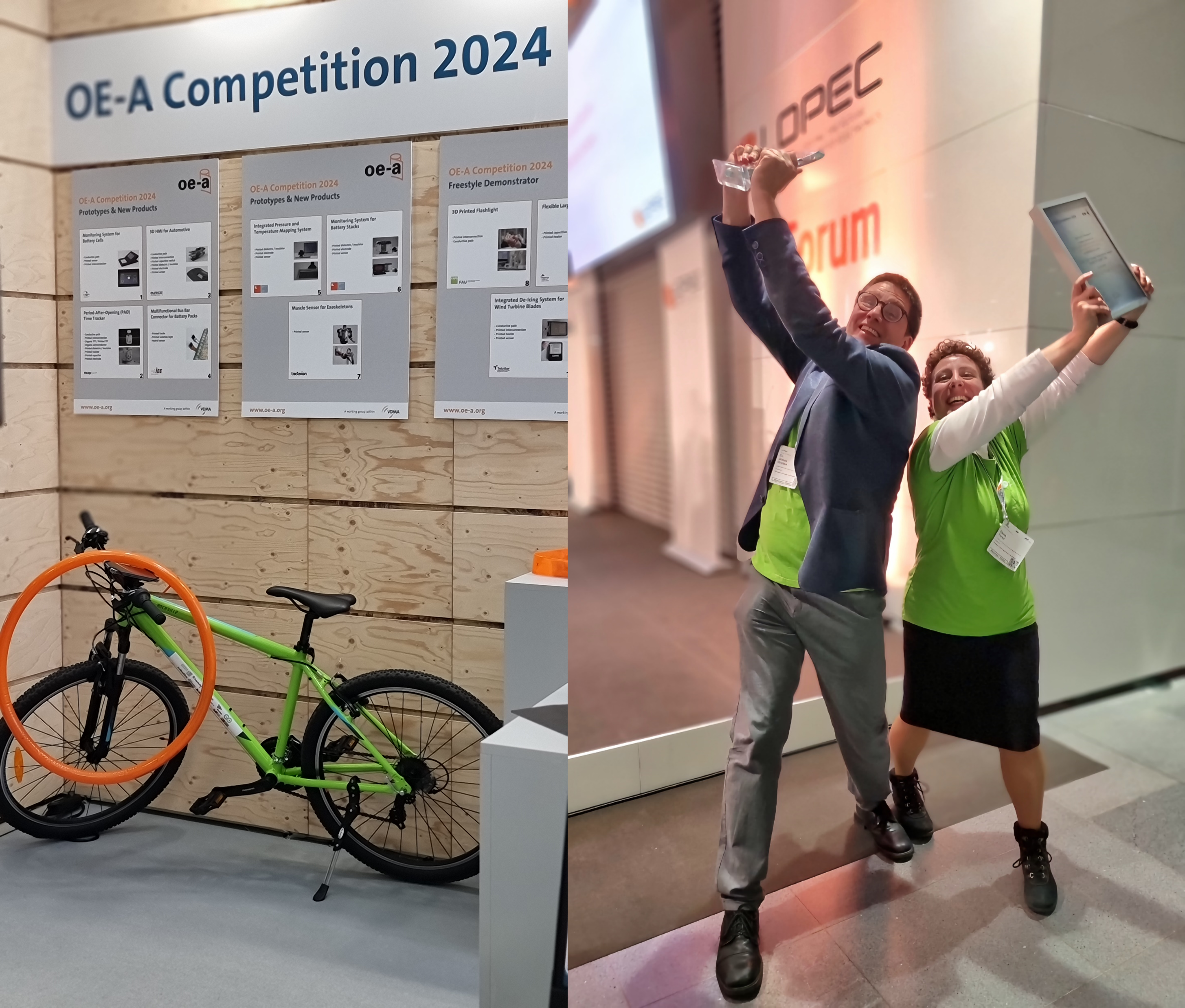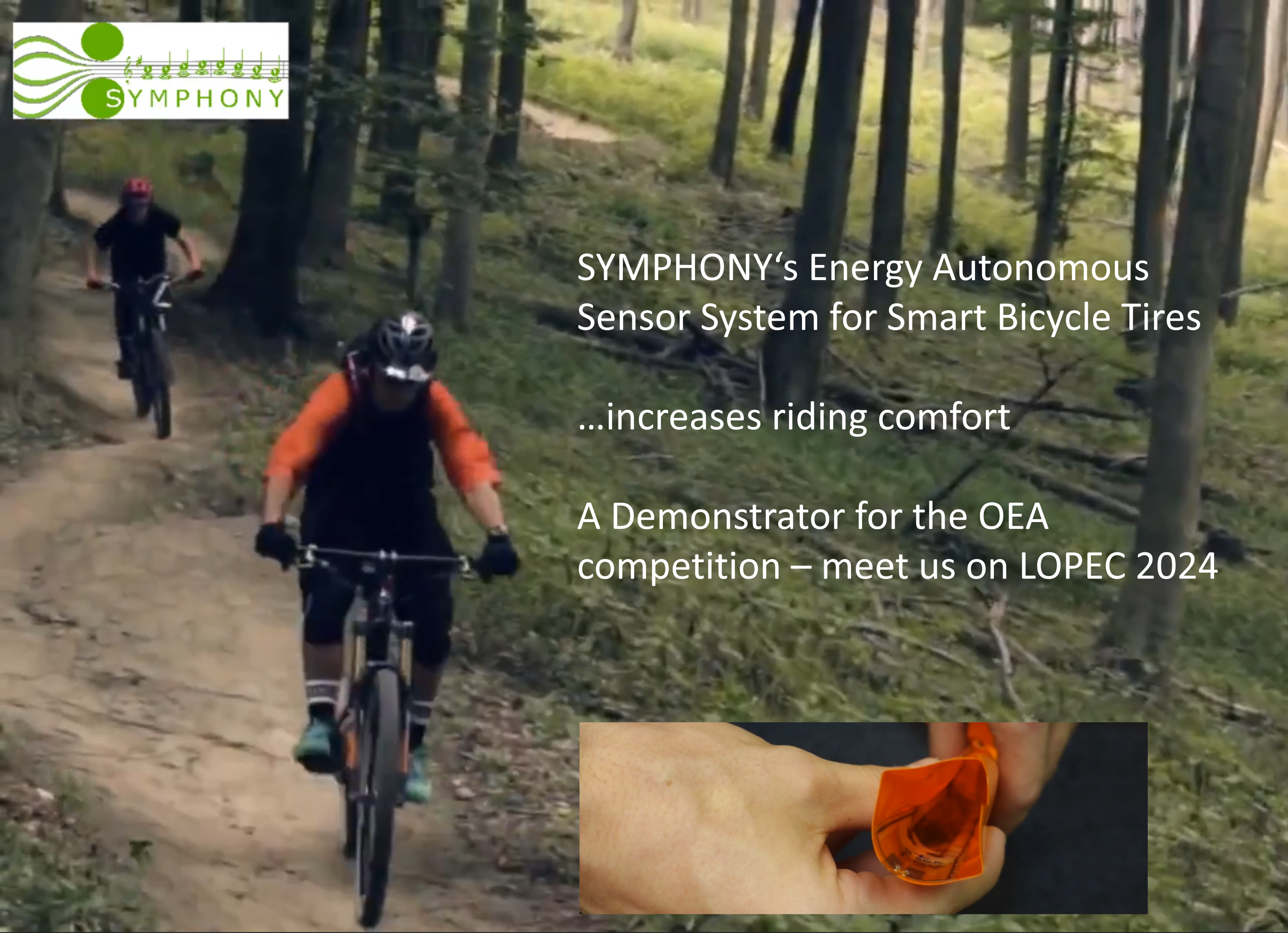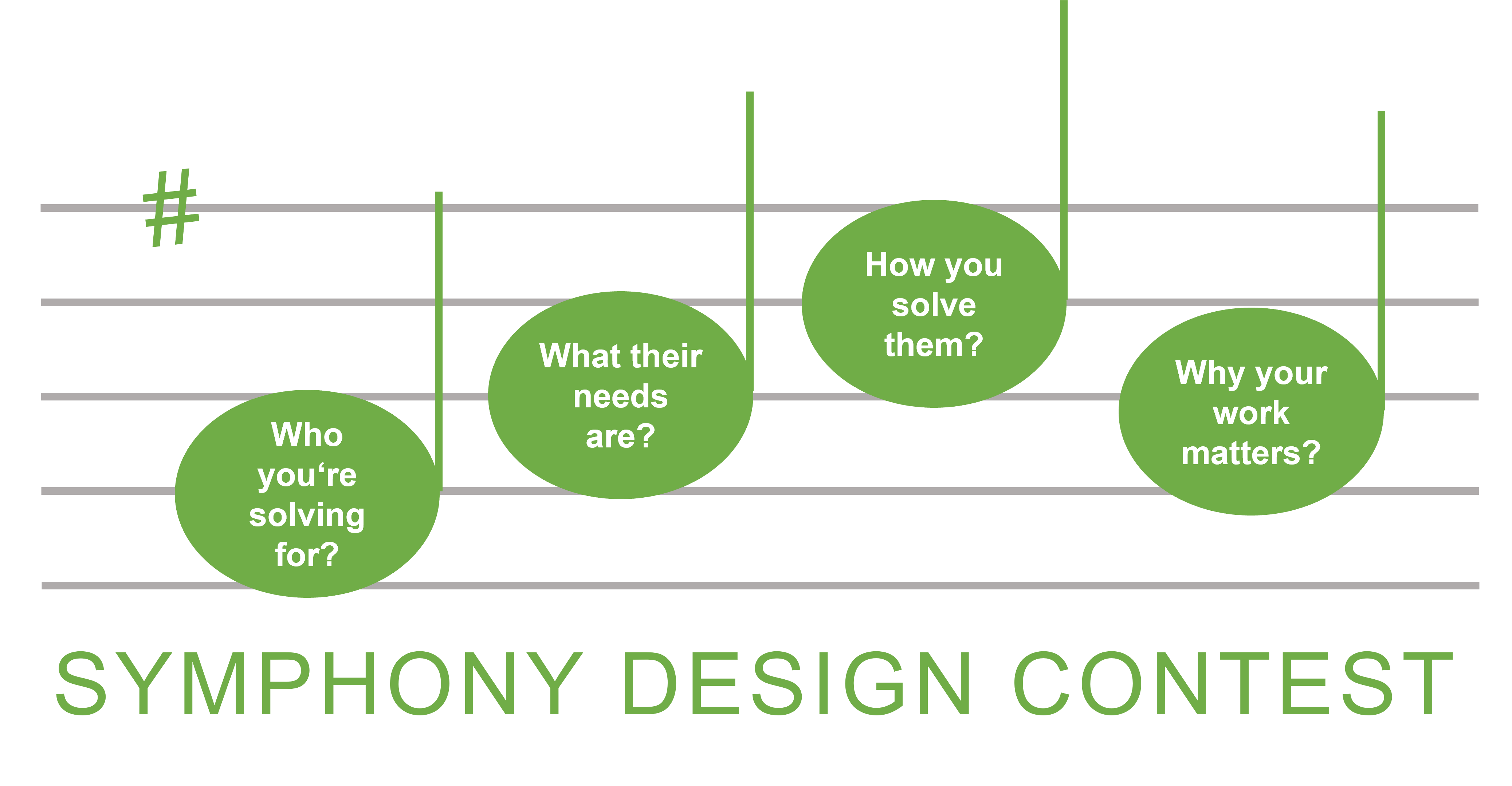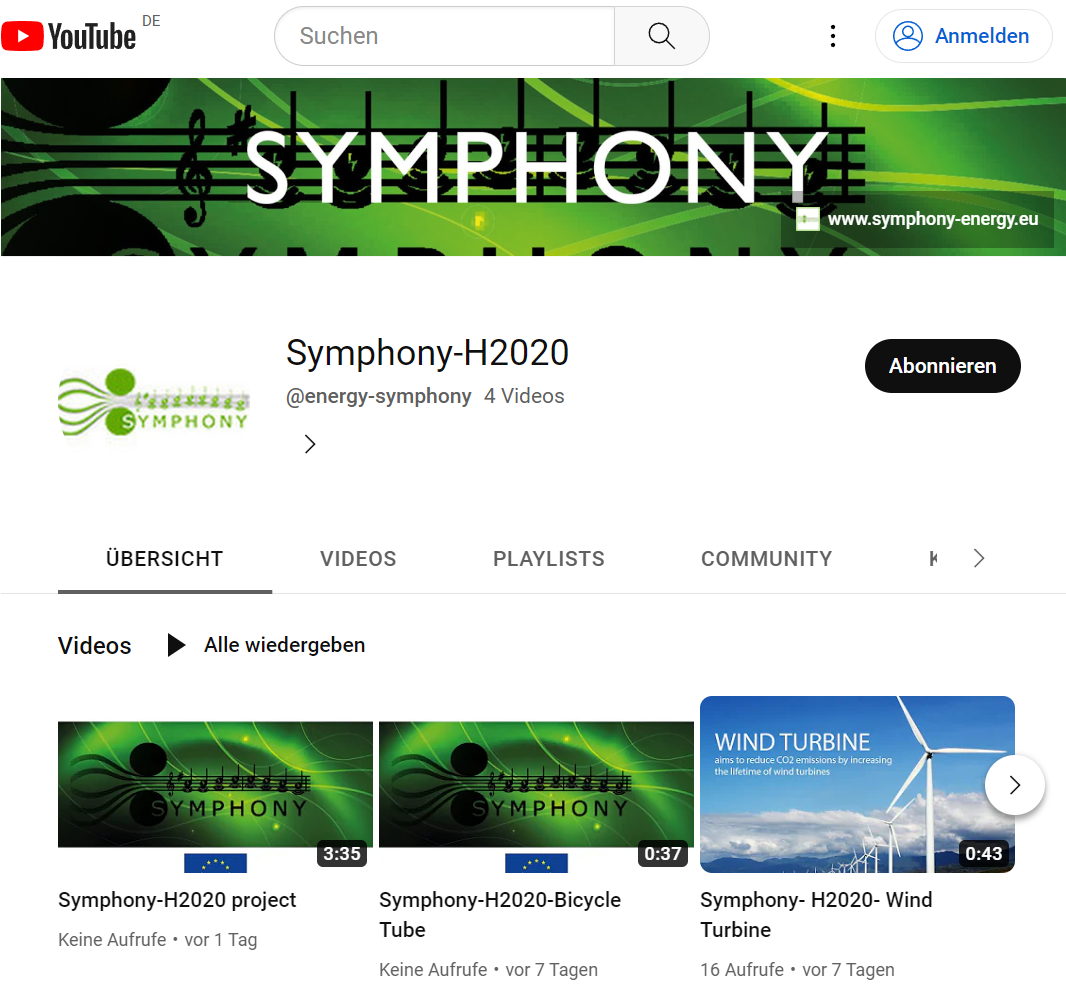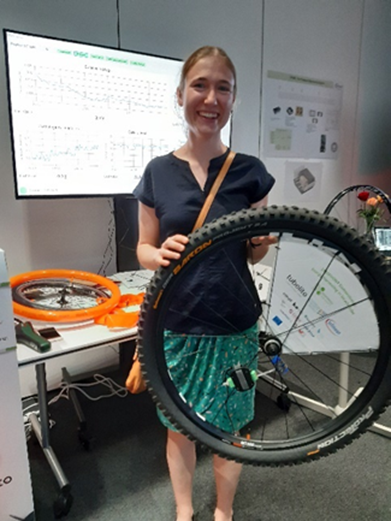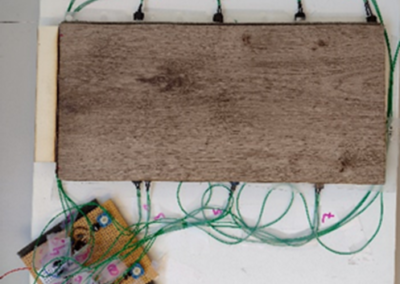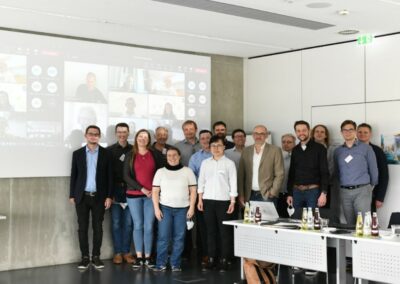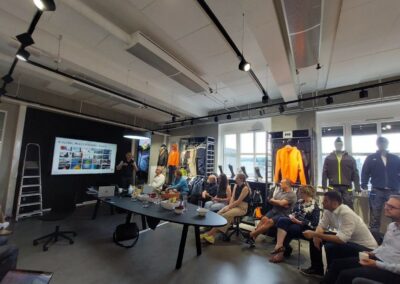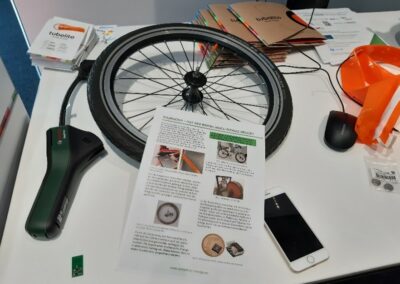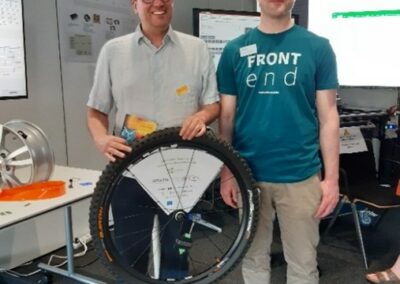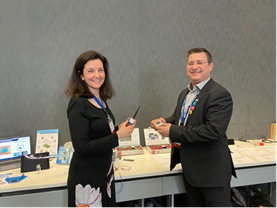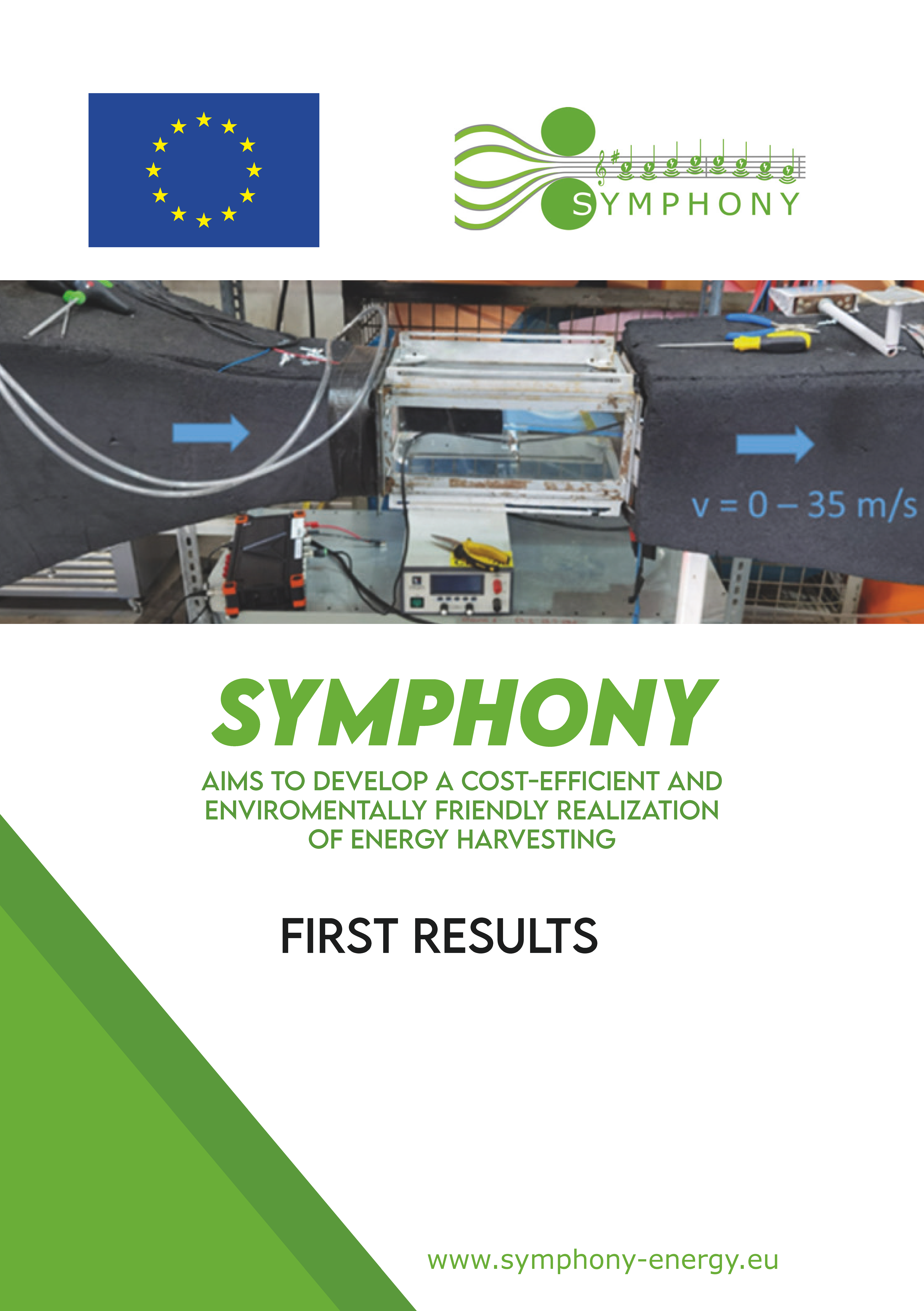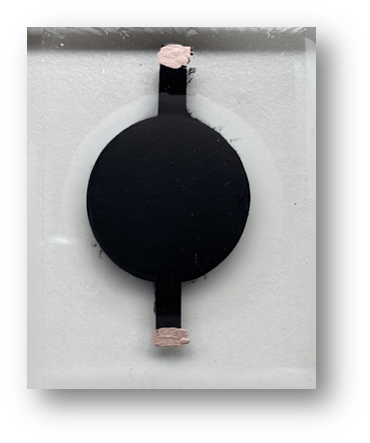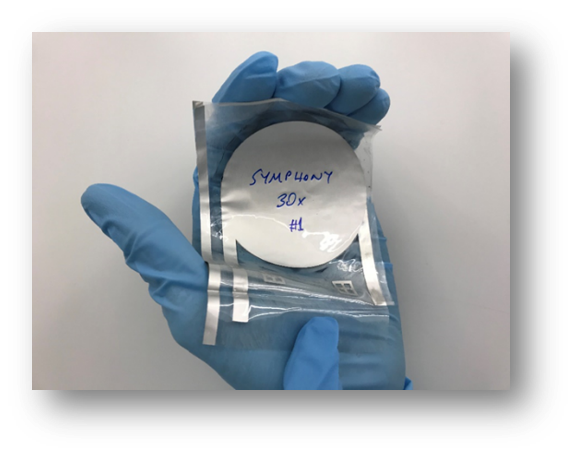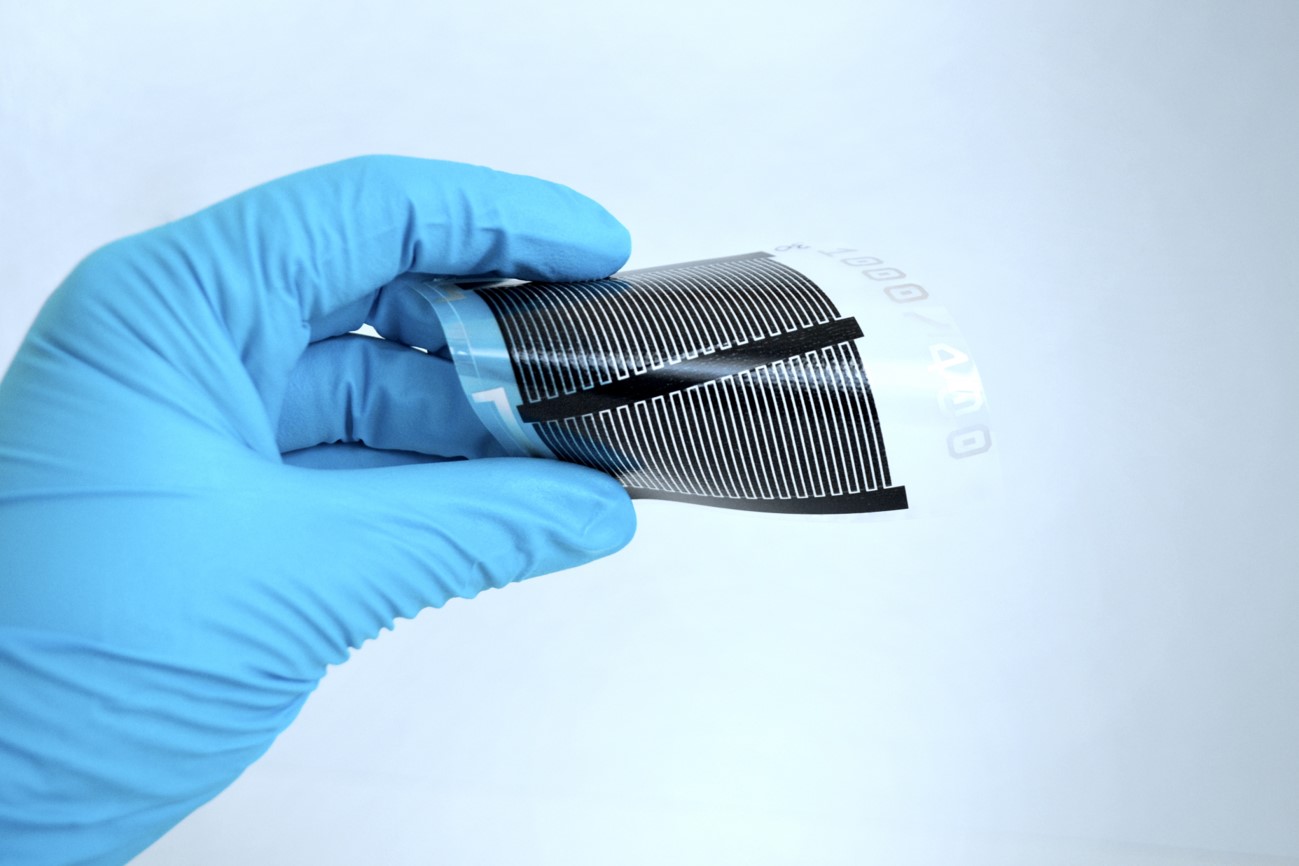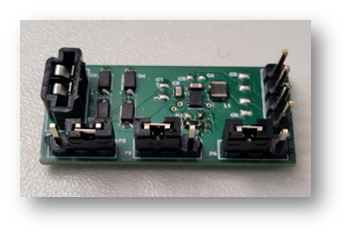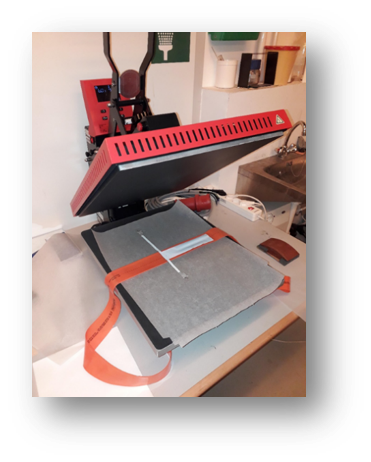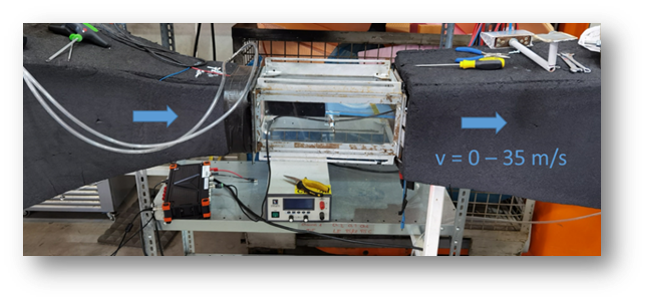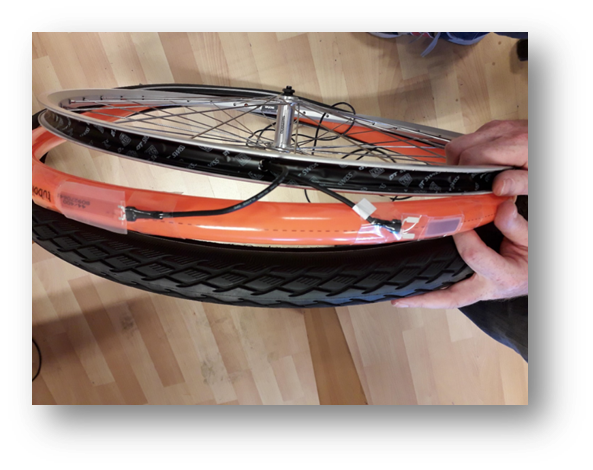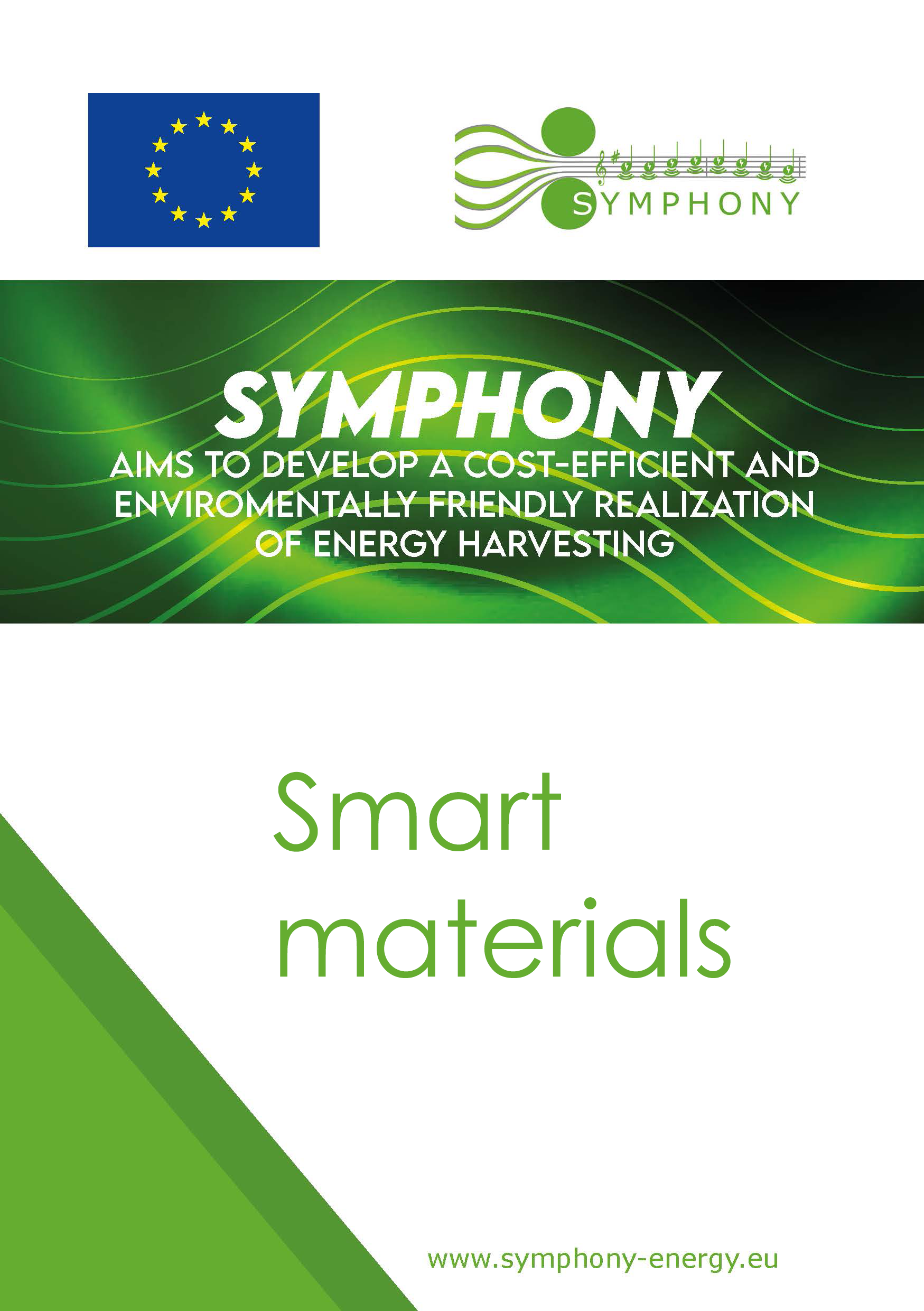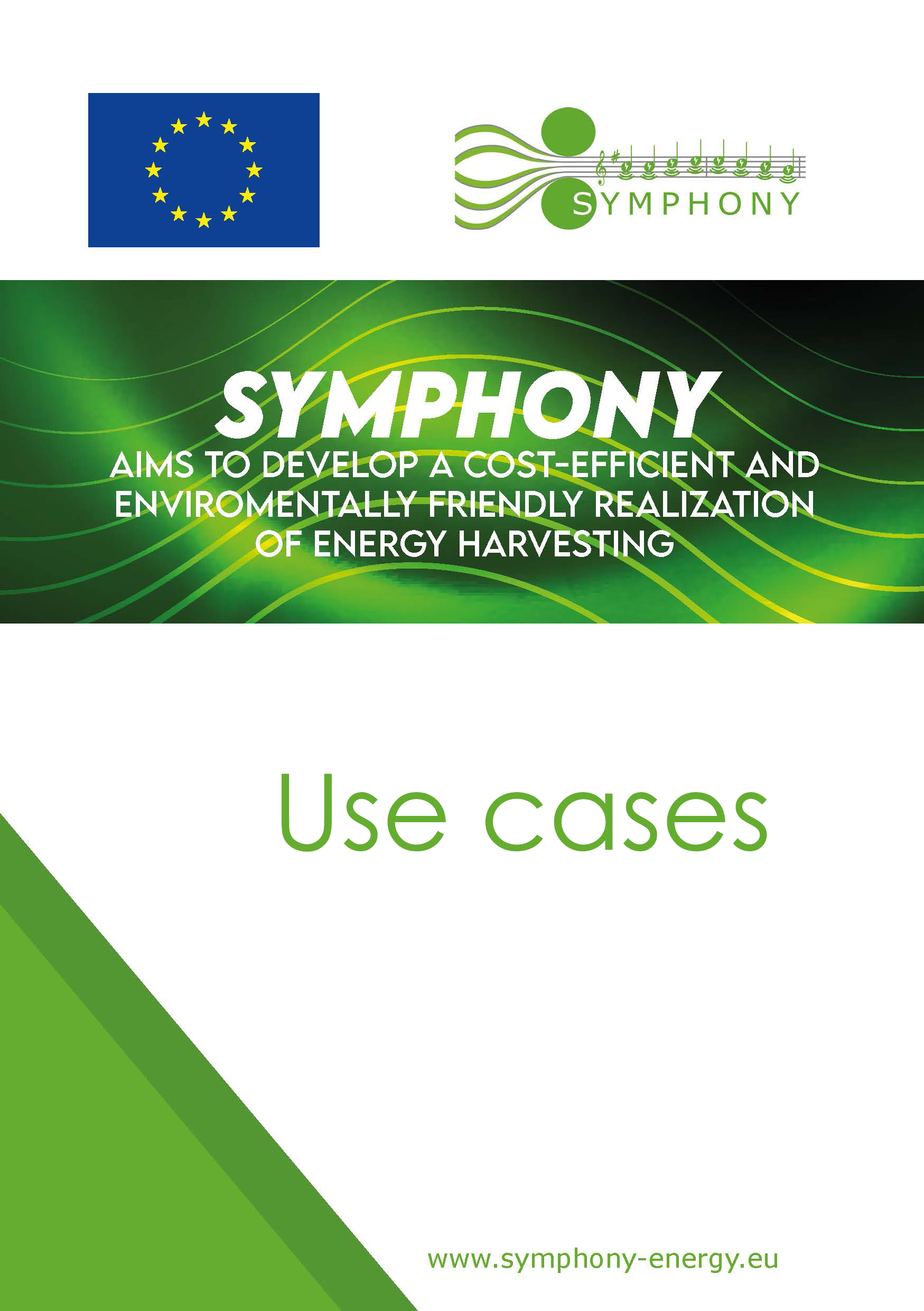SYMPHONY
aims to develop a cost-efficient and environmentally friendly realization of energy harvesting.
What`s NEW?
Yes! We did it!
OE-A (Organic and Printed Electronic Association) awarded the JOANNEUM RESEARCH SYMPHONY team for the best publicly funded project demonstrator: Energy autonomous sensor system for smart tires!
The Energy Symphony team is very proud of this award and its success. We would like to thank the jury and the OEA for the great opportunity to present these results from the SYMPHONY project there.
Congratulations to the coordination team on behalf of all partners Elena Turco, Jonas Groten – great job!
Meet SYMPHONY at LOPEC 2024
SYMPHONY welcomes LOPEC visitors at our booth. You will be able to get information about the overall SYMPHONY energy harvesting technologies, interact with the project partners and test 2 of the 3 demonstrators developed in the project including the bicycle tire equipped with the SYMPHONY Energy Autonomous Sensors system, able to provide real time measurement of the tire pressure, and the Smart Floor tile, able to send a signal to the building operator by detecting the presence of people in the room by just one step. The SYMPHONY poster describing the developed flexible printed piezoelectric P(VDF-TrFE) based nanogenerators will be presented on Wednesday 6th March 18:00 by Jonas Groten. The SYMPHONY bicycle demonstrator is participating to the OE-A design competition. The winner will be announced on Wednesday 6th March 2024 19:00. We are looking forward to meet you at the booth n°B0.2017.
SYMPHONY contributes to the OEA competition 2024
The SYMPHONY team proudly presents the Smart Bicycle Tire Demonstrator to the OEA community. Look forward to the presentation and help us win the competition!
Contribute to the SYMPHONY Design Contest!
The SYMPHONY project invites students, young researchers and young professionals to take part in the Design Contest challenge. The aim of the SYMPHONY Design Contest is to stimulate and collect ideas for applications where the implementation of the SYMPHONY Energy Supply Platform (ESP) will be beneficial.
Submit your application by February 23, 2024
and win attractive prizes!
SYMPHONY at the SEAI Awards shortlist!
The SYMPHONY project is one of this year’s SEAI Awards 23 finalists for Sustainability via Digital Technologies in Construction and Buildings. Winners will be announced Thursday the 16th of November. Find more info on this year’s finalists on the website of the Sustainable Energy Authority of Ireland: SEAI Awards Finalists | SEAI Energy Awards | SEAI
Meet SYMPHONY at the Euro Nano Forum in Lund, June 11 – 13, 2023
Jonas Groten will talk in the session: Green Energy – materials for harvesting Graphene and 2D materials Safe and Sustainable by Design/KÅRHUSETS LECTURE HALL
Energy harvesting materials for autonomous sensor systems in remote area applications
And now also on youtube:
The brand new SYMPHONY video – an overview of the whole project and short videos about the SYMPHONY use cases. Visit the SYMPHONY youtube channel…
SYMPHONY at the LOPEC!
Joanneum RESEARCH was presenting at the LOPEC (March 1 – 2, 2023) – the leading international trade fair for printed electronics in Munich with a booth (booth 209 / B0). JOANNEUM RESEARCH shows the latest developments in the fields of sensor technology on foils, also officially representing the SYMPHONY project.
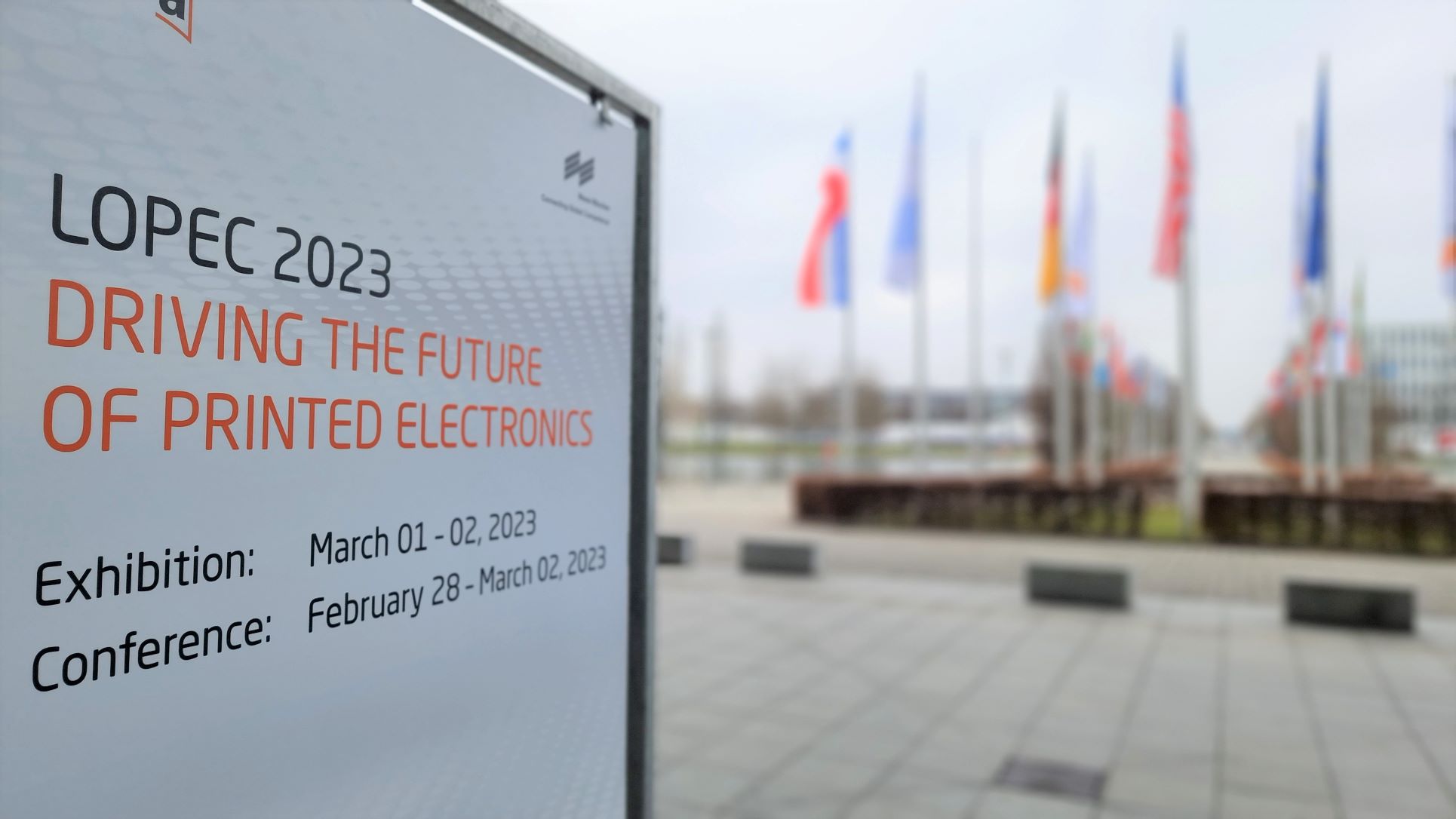
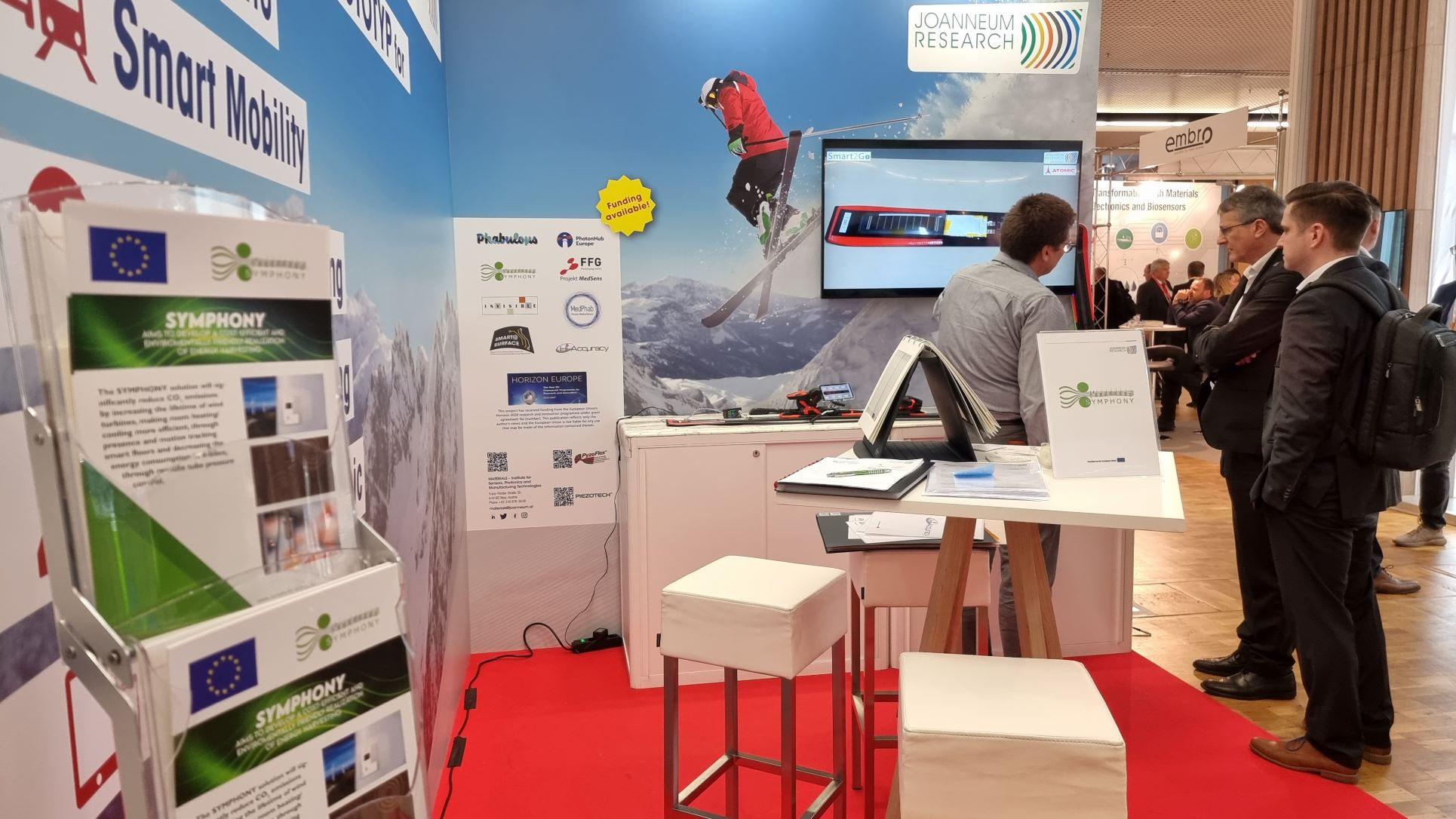
SYMPHONY coordinator Jonas Groten in conversation with two interested visitors at LOPEC. Picture: Joanneum Research
Establishing the ERHASE cluster – EneRgy HArvesting for a Sustainable future
Together with two other European projects SYMPHONY started a new international initiative and formed the cluster ERHASE – EneRgy HArvesting for a Sustainable future. The three projects – FAST SMART, InComEss and SYMPHONY are funded by the European Commission under the same action in 2019 call on energy harvesters.
SYMPHONY welcomes a new partner!
Since May 2022, Evonik has sold the TAeTTOOz® materials technology for printable rechargeable batteries to the InnovationLab GmbH (https://corporate.evonik.com/en/evonik-sells-taettooz-materials-technology-to-innovationlab-173925.html). Therefore, a change in the SYMPHONY Consortium occurred with the replacement of the partner Evonik with InnovationLab (https://www.innovationlab.de/en/printed-electronics/).
Click to read more…
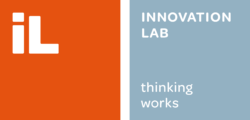

SYMPHONY international collaborations and events
and update of results
The project SYMPHONY was recently promoted in several international events and will be present in the autumnal events.
- Second International Energy Harvesting Workshop “EnerHarv22” in North Carolina (USA)
- „Lange Nacht der Wissenschaften“ in Graz (AT)
- EPE’22 ECCE Europe, Hannover (D)
- 2022 E-MRS Fall Meeting and Exhibit, Warsaw (PL)
Furthermore, collaboration with Smart2Go, InComEss and Fast Smart – european-funded projects as well – was established.
Click to read more about the events
Peer reviewed publication:
High magnetoelectric coupling of Metglas and P(VDF-TrFE) laminates
Staaf, H., Sawatdee, A., Rusu, C. et al. High magnetoelectric coupling of Metglas and P(VDF-TrFE) laminates. Sci Rep 12, 5233 (2022). https://doi.org/10.1038/s41598-022-09171-3
Abstract
Magnetoelectric (magnetic/piezoelectric) heterostructures bring new functionalities to develop novel transducer devices such as (wireless) sensors or energy harvesters and thus have been attracting research interest in the last years. We have studied the magnetoelectric coupling between Metglas films (2826 MB) and poly(vinylidene fluoride-trifluoroethylene) (P(VDF-TrFE)) in a laminate structure. The metallic Metglas film itself served as bottom electrode and as top electrode we used an electrically conductive polymer, poly(3,4-ethylene-dioxythiophene):poly(styrene sulfonate) (PEDOT:PSS). Besides a direct electrical wiring via a graphite ink, a novel contactless readout method is presented using a capacitive coupling between the PEDOT:PSS layer and an electrode not in contact with the PEDOT:PSS layer. From the experimental result we determined a magnetoelectric coupling of 1445 V/(cm·Oe) at the magnetoelastic resonance of the structure, which is among the highest reported values for laminate structures of a magnetostrictive and a piezoelectric polymer layer. With the noncontact readout method, a magnetoelectric coupling of about 950 V/(cm·Oe) could be achieved, which surpasses previously reported values for the case of direct sample contacting. 2D laser Doppler vibrometer measurements in combination with FE simulations were applied to reveal the complex vibration pattern resulting in the strong resonant response.
Results after 18 project months
The SYMPHONY Project had completed its first 18 months. A lot has already been achieved since the start of the project. Read a summary of the results from the work so far.
First hybrid SYMPHONY meeting hosted by Joanneum Research in Weiz
After 18 months from the start of the SYMPHONY project, on October 7 – 8, 2021, it was finally possible to welcome most of the SYMPHONY partners at Joanneum Research Materials in Weiz. With around 20 participants in Weiz and 25 connected remotely, the meeting has offered many opportunities for open discussions and interactions.
What We Do
The SYMPHONY project is addressing the 21st century challenges concerning the spread of electronic systems in remote locations requiring a change in power generation. Current IoT scenarios expect around 75 billion connected devices by 2025, and the powering of these devices by batteries will result in a considerable amount of potentially hazardous waste. The project consortium aims to develop cost effective and scalable methods to print energy harvesting materials on flexible films and to combine them with energy efficient electronics and sensor technologies.

SYMPHONY in a nutshell
SYMPHONY makes use of dislocated and disordered energy sources with the development of an innovative energy autonomous sensor system.

News & Events
Be part the SYMPHONY community. Look for project and partner news and future events.

Motivation & Impact
SYMPHONY will contribute significantly to acceleration of future low-carbon competitive economy. The project delivers an energy supply platform for the powering of wireless sensors/sensor nodes for monitoring remote or difficult-to-access locations.

Application Opportunities
SYMPHONY adresses three use cases to validate the impact of its new energy harvestig materials: wind turbines, bicycle tubes and smart floors

Technologies
SYMPHONY aims to develop cost-efficient self-powered flexible sensors and printed batteries by using smart printing technologies

Partners and Stakeholders
The project includes 13 top EU innovation performers (researchers and companies) from 4 European countries.
Generating New Ideas for EUROPE
The SYMPHONY project receives funding from the European Union for its innovative development goals.
million € total EU-Funding
months Left
scientists and technicians
remote meetings since start
Project-Gallery
Copyrights of the pictures are owned by the project partners. If you’re interested, send an email to Michèle Isopp (contact below).
Fig 1: PVDF-TrFE multilayer stack with stretchable electrodes based on Carbon Black/PDMS
@ Fraunhofer ISC
Fig 8: First measurements in wind tunnel of the energy harvested with the SYMPHONY triboelectric nanogenerator for the wind turbine use case
@ Eologix
The project combines various materials and technologies to a future SYMPHONY of sensor technology and energy harvesting.
Stop by again, there is always something new to discover.
The SYMPHONY Partners – the orchestra
13 partners from industry and research

Let’s Start Something new
Say Hello!
Project Coordinator
Dr. Jonas Groten
Joanneum Research (Austria)
symphony@joanneum.at
————————————————–
Dissemination Manager
Michèle Posch
Messfeld GmbH (Austria)
symphony@joanneum.at
